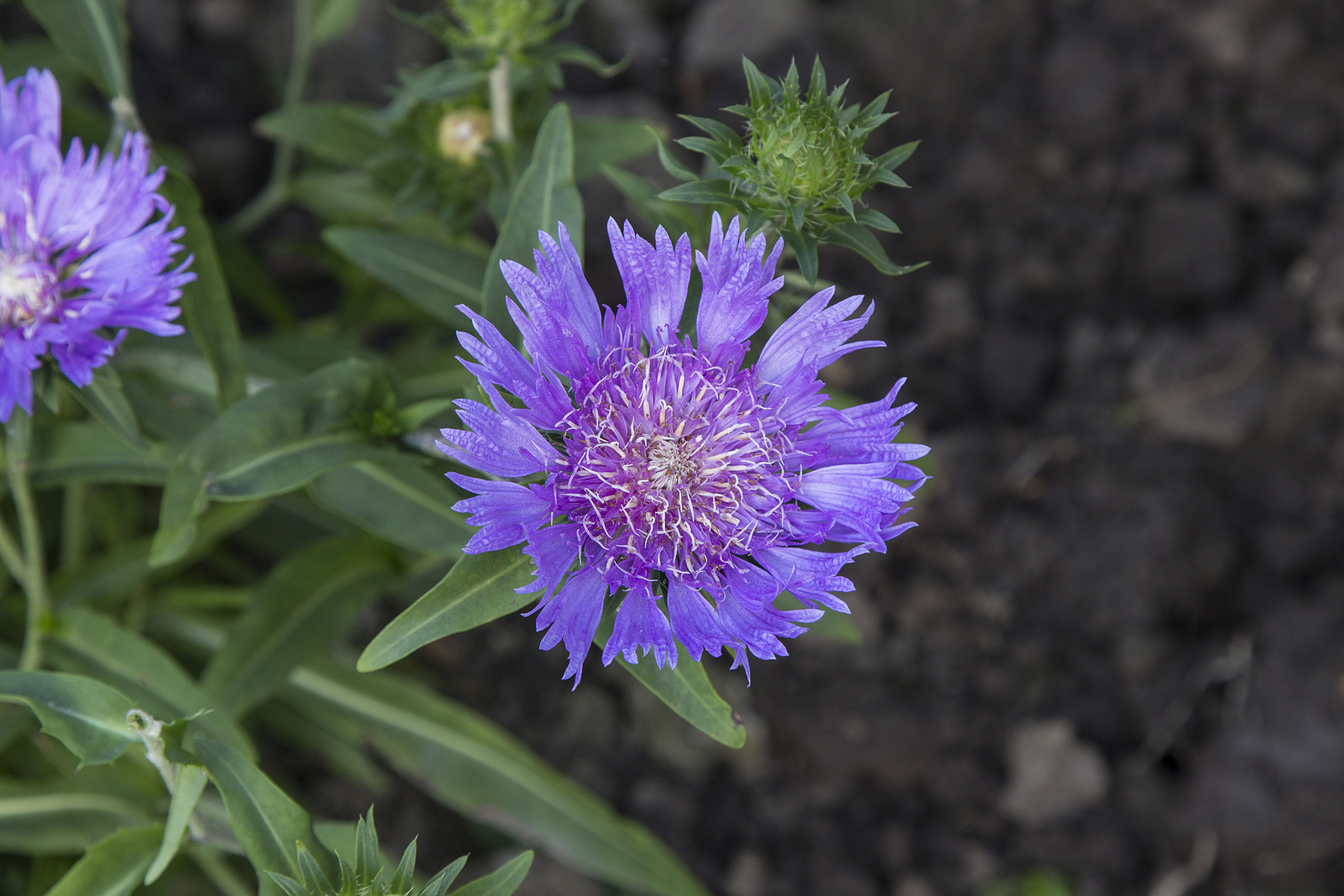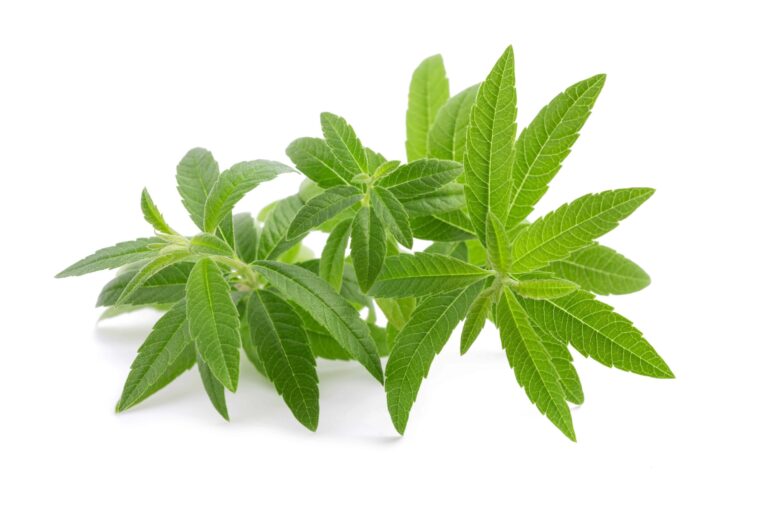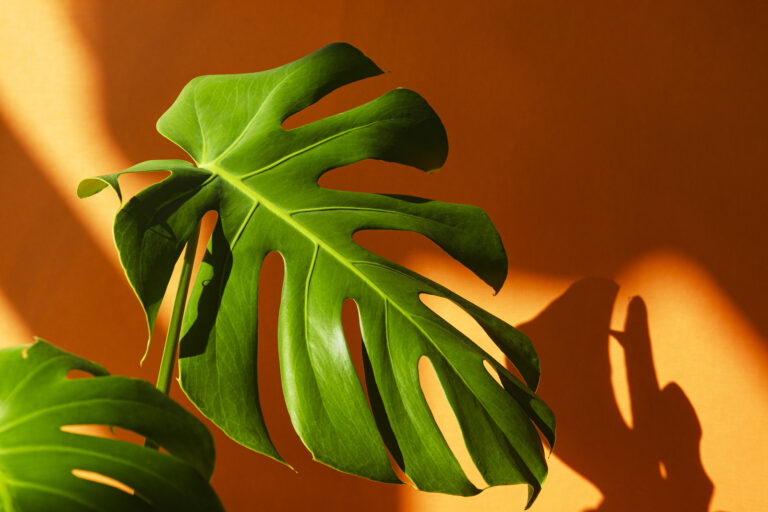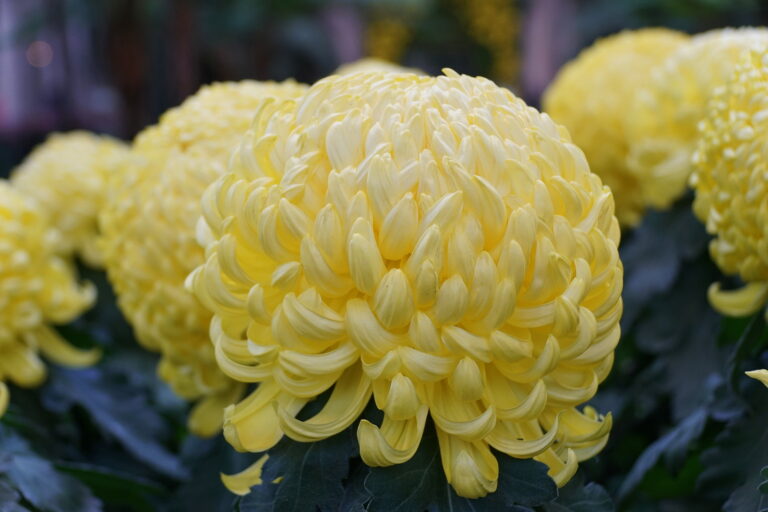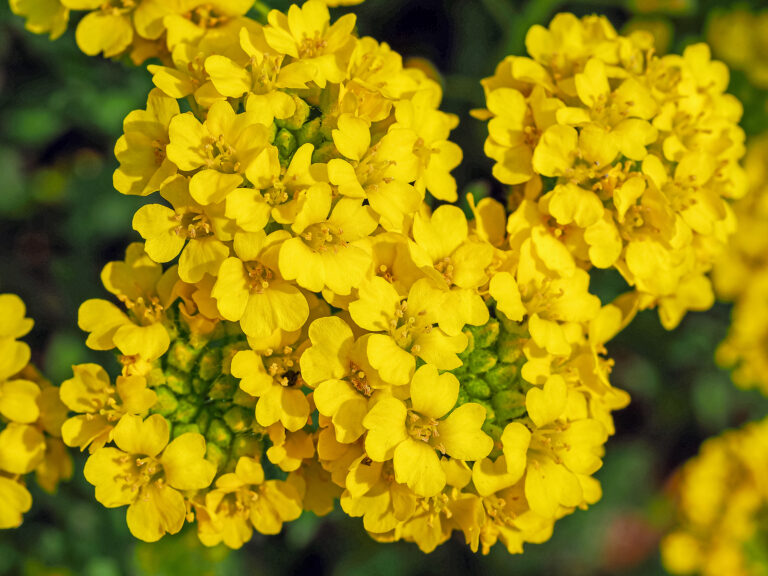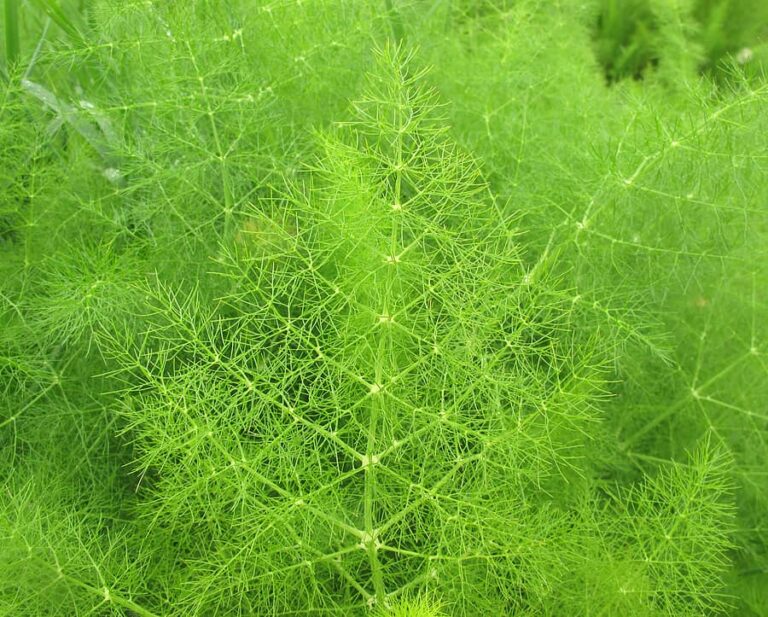How to Grow Stokes’ Aster — Stokesia
Stokesia — commonly called Stokes’ aster–bears cornflower or asterlike flowers from midsummer to early fall. The long-lasting, colorful, terminal flowerheads are solitary or produced in many-flowered corymbs. Flowers are good as cut flowers.
Each Stokesia blossom has a central button of small flowers, surrounded by a ring of larger ones. Flowerheads can be blue, purplish blue, or white.
Plant Stokesia in a warm position in a herbaceous border or grow Stokesia in pots.
Stokesia is a rugged and adaptable plant. It is native to the southeastern United States. There is just one species in the genus.
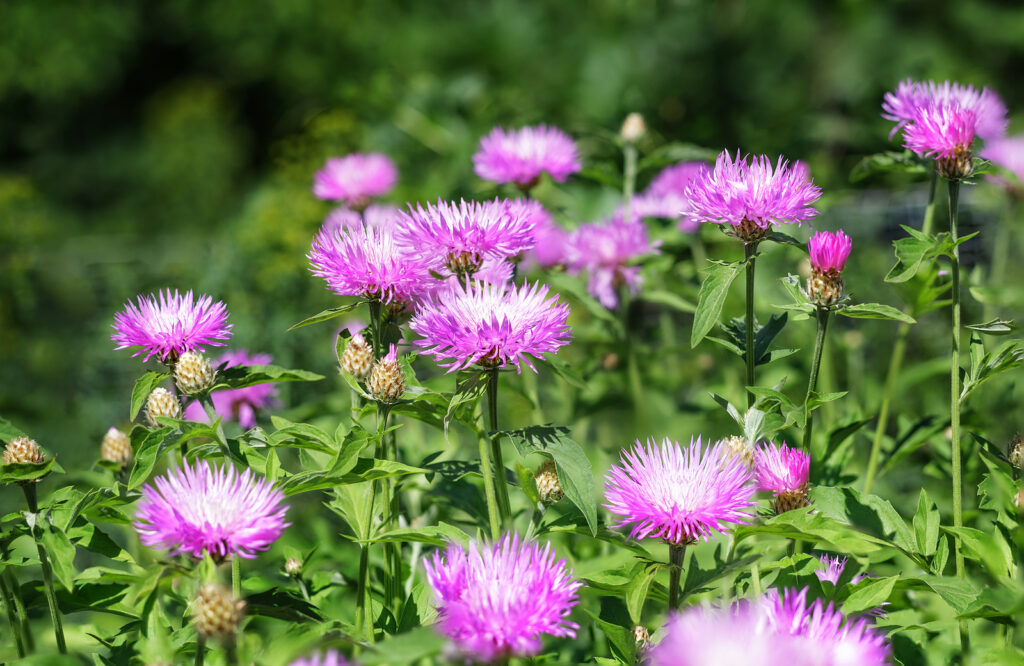
Get to know Stokesia
- Plant type: Perennial
- Growing zones and range: Zones 5 to 9
- Hardiness: Hardy to -20°F (-29°C)
- Height and width: 18-24 inches (45.7-61cm) tall and 18 inches (45.7cm) wide
- Foliage: Much branched with stiff, erect stems 1.5-2 feet (.5-.6m) high. Rosettes of smooth, rounded, firm-textured, medium green leaves, 2-8 inches (5.1-20.3cm) long, sometimes toothed at the base, evergreen (to semi-evergreen in cold climates). Leafy, curved, finely toothed bracts surround tight flower buds.
- Flowers: 3-4 inches (7.6-10.2cm) cornflower type blooms that are light blue-, pink-, or white-flowers. Each blossom has a central button of small flowers surrounded by a ring of larger ones. Long-lasting cut flower.
- Bloom time: Midsummer to fall.
- Uses: Front border, good in pots, make long-lasting cut flowers, and attract butterflies.
- Garden companions: ‘Silver Brocade’ beach wormwood (Artemisia stelleriana) ‘Silver Brocade’)
- Common name: Stokes’ aster
- Botanical name: Stokesia
- Family name: Asteraceae
- Origin: Southeastern United States
Where to plant Stokesia
- Plant Stokesia in full sun.
- Plant Stokesia in deep, light, moist, well-drained, fertile, slightly acidic soil.
- Poorly drained soil leads to crown rot or death.
Stokesia uses and companions
- Plant Stokesia in groups in the foreground of informal flower gardens.
- Stokesia are good for cutting.
- Good garden companions for Stokesia include Achillea, Coreopsis, Lychnis coronaria, Oenothera, Salvia, Stachys lanata.
When to plant Stokesia
- Plant Stokesia seed in fall or early spring and it will bloom the first year.
- Set container-grown Stokesia in the garden in spring or autumn.
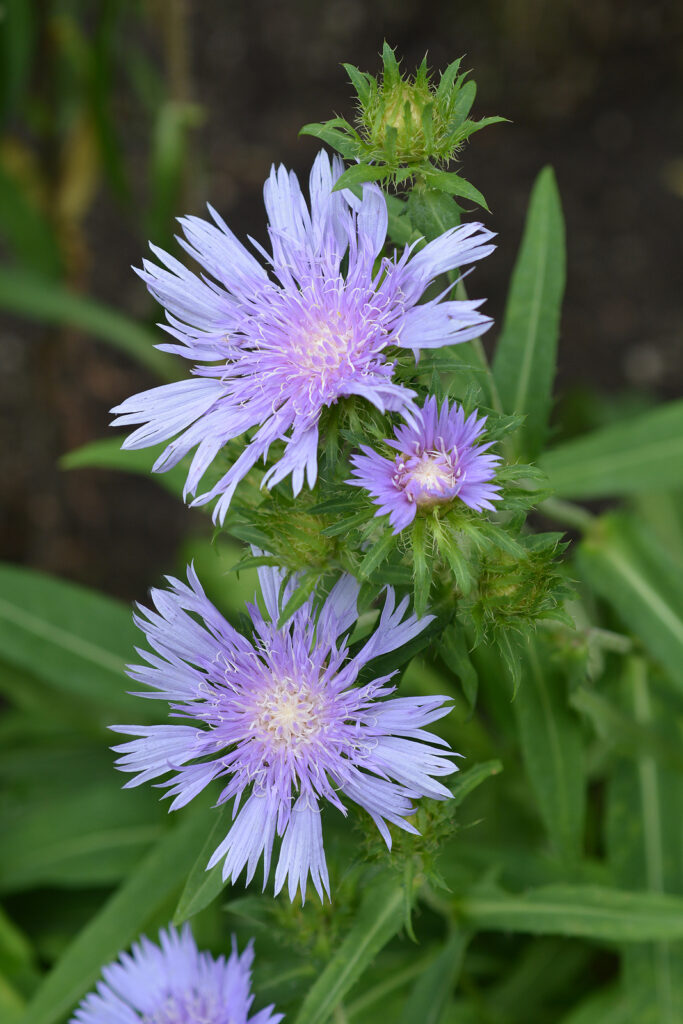
Planting and spacing Stokesia
- Stokesia plants generally require staking.
How to water and feed Stokesia
- Give Stokesia regular water.
- Fertilize Stokesia with an all-purpose organic fertilizer in spring.
How to care for Stokesia
- Provide winter cover for Stokesia of evergreen boughs or straw in coldest regions.
- Deadheading Stokesia encourages plants to rebloom.
Stokesia pests and diseases
- Stokesia can develop leaf spot.
- Stokesia is susceptible to attack by caterpillars.
Stokesia propagation
- Stokesia seeds germinate in 14 to 35 days at 70°F (21°C).
- Divide Stokesia cultivars in spring.
- Propagate by dividing Stokesia clumps in spring or fall.
- Propagate by root cuttings taken in late winter or early spring.
Stokesia varieties to grow
- Stokesia laevis, Stokes’ Aster, A 1-2 feet (.3-.6m) tall species that form 1.5 foot (.5m) wide clumps. Bears 2-3 inches (5.1-7.6cm) wide flower heads with two rows of fringed ray florets, or “petals”, around fuzzy centers of disk florets. Flowers come in shades of violet-blue, pink, and white.
- ‘Alba’ and ‘Silver Moon’, both white.
- ‘Bluestone’, medium blue, 10 inches (25.4cm) high, medium blue.
- ‘Blue Danube’, with large lavender-blue blooms over a long season. 12-15 inches (30.5-38.1cm) tall. Long bloom season, extending into winter in mildest climates.
- ‘Honeysong Purple’, with dark purple blooms on 1 foot (.3m) stems.
- ‘Klaus Jelitto’, light blue.
- ‘Omega Skyrocket’, with large blue flowers on 2-3 feet (.6-.9m) stems.
- ‘Silver Moon’, white.
- ‘Wyoming’, deep purple.

